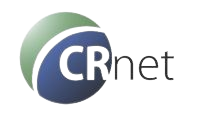On 4 August, the revision of the Industrial Emissions Directive will enter into force, modernising the way national and local authorities give permits for installations which are a major source of pollution across the EU. In line with the European Green Deal’s zero pollution ambition, the new Directive on industrial and livestock rearing emissions aims to reduce emissions to air, water and land from large industrial installations and the largest pig and poultry farms.
The enhanced law builds on the EU’s successful permitting system for prevention and control of emissions, which is designed to ensure that ‘best available techniques’ are applied to reduce pollution. It covers new economic activities and additional sources of emissions, while streamlining the permitting process. It tightens conditions on granting derogations and gives authorities better enforcement powers. For the first time in EU environmental law, the new directive recognises people’s right to seek compensation for damage to their health caused by illegal pollution.
EU frontrunners in industrial innovation will benefit from flexible permitting to test techniques with higher environmental performance. A new Innovation Centre for Industrial Transformation and Emissions (INCITE) will gather information on innovative solutions for pollution control. Member States will have until 1 July 2026 to adapt their national laws to the revised Directive. Data collected by national authorities will be first reported to the new Industrial Emissions Portal in 2028.
Source: European Commission
The post Pollution from industrial installations and intensive livestock to be reduced thanks to modernised permitting appeared first on Vastuullisuusuutiset.fi.
